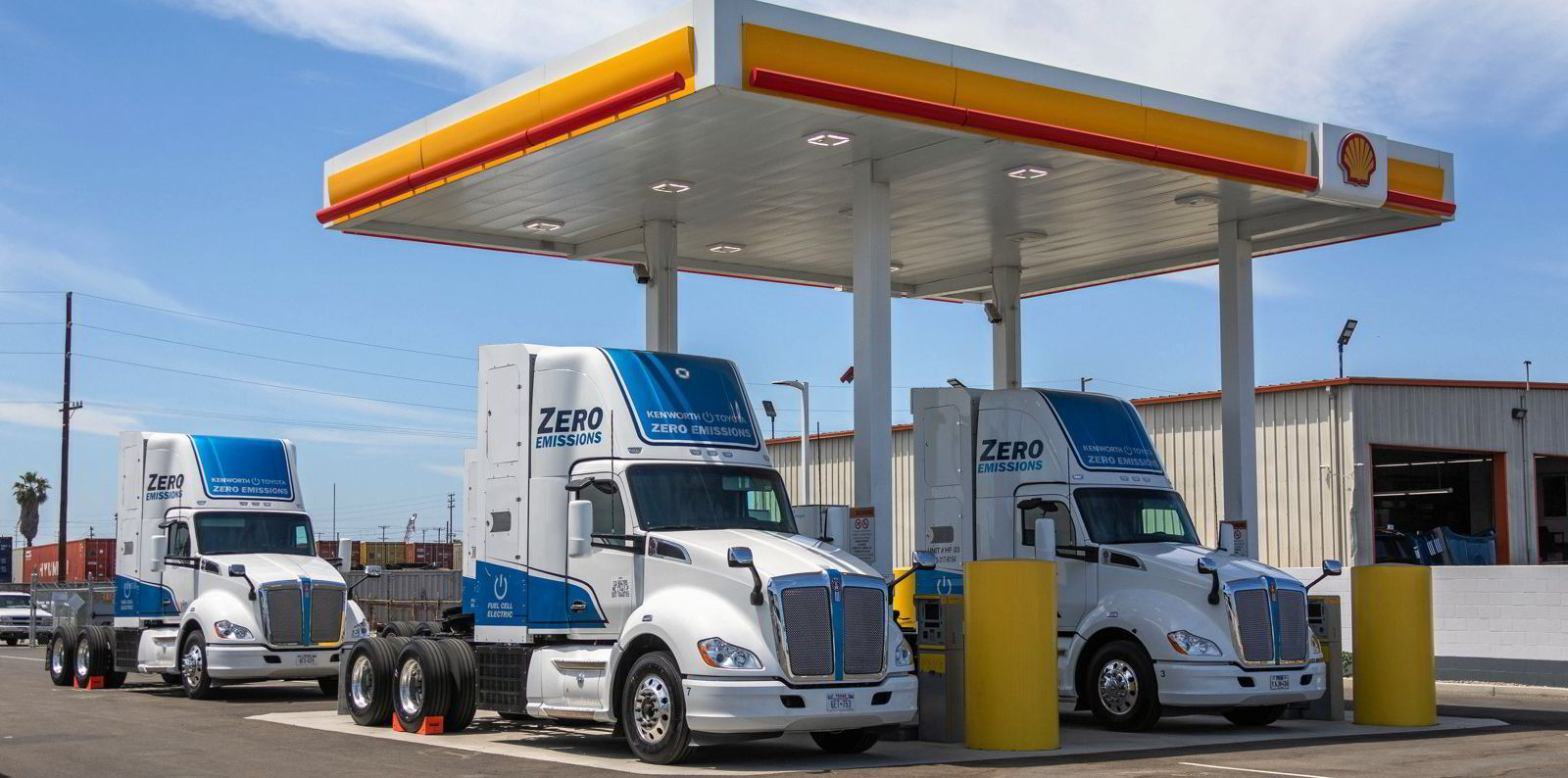In roughly a week, President Joe Biden has mentioned shipping in two different contexts, an example of this rare moment in history in which the highest official of the US government actually seemed to be paying attention to the sector.
In one mention, he said he was “viscerally angry” enough to “pop” somebody and urged the passage of legislation aimed at reining in prices in the container shipping sector.
In another, Biden teamed up with Norway to issue the Green Shipping Challenge.
The first effort urged quick action from Congress and got it; the second saw a call for ideas for concrete actions, from an administration that has yet to take them, in shipping’s decarbonisation.
The Green Shipping Challenge will encourage governments, ports and companies to bring real steps to the pathway to fully decarbonise the industry by 2050.
“If ocean-based shipping were a country, it would be the eighth-largest emitter in the world,” Biden said. “It’s critical we do more to promote zero-emission fuels and green shipping corridors in this sector. And it seems to me we ought to be able to do that.”
While the Biden administration has taken a tack towards more aggressive decarbonisation at the International Maritime Organization, Washington has been largely hesitant to use its policy, regulatory and legislative toolkit at home when it comes to shipping and his green agenda.
In the case of green shipping corridors, the mantle for tangible action is being carried by the ports in combination with the private sector, particularly the Port of Los Angeles in container shipping and the Port of Seattle in cruise.
When TradeWinds sought to ask the federal government for information on what it was doing to push the green shipping corridors, the only responses we received were referrals to other agencies that did not respond.
While the European Union pulls regulation after regulation out of its bag of tricks to push shipping to cut carbon, the US government has not turned to the Environmental Protection Agency (EPA) or other regulators to similarly get ahead of IMO rules.
“It seems partly right now that the way the Biden administration is approaching cleaning up shipping is less so from what EPA and the federal agencies can do, and more directed to where they … will use our place within the IMO to help push the conversation in terms of reducing emissions from international shipping,” Antonio Santos, federal policy director for climate at green group Pacific Environment, said recently.
There have been some legislative efforts, with California congressman Alan Lowenthal introducing a bill to zero out emissions from shipping companies that do business in the US.

In the renewables sector, Biden has been calling for 30 GW of offshore wind power by 2030.
The offshore construction work, as more projects get through the government approval process, will require a fleet of US-built crew transfer vessels and service operation vessels to meet the requirements of the Jones Act.
But as TradeWinds reported this month, the shipowners eyeing this segment are facing a challenge: the projects need the vessels for only a few months at a time during their construction phase, but financiers need longer commitments before backing a costly newbuilding.
Many in the sector believe the dilemma could be resolved by government guarantees, from either the Department of Energy or the US Maritime Administration (MarAd). That would not be a new approach. MarAd already has loan guarantees for US vessels, although it is not seen as particularly suited to help ships in the renewables sector.

What some lawmakers have come up with instead is decidedly unhelpful: language in the annual Coast Guard Authorization Bill that would require US seafarers, or mariners who are citizens of the flag state on specialised offshore vessels that work in the sector.
The text of the bill would create more problems than solutions, as the vessel types affected by the decision are expected to find compliance impossible in the bill’s six-month time frame.
What is lacking in Washington’s playbook is concrete, pragmatic action that will fit shipping into its carbon agenda.
More on sustainability and the business of the ocean
- Cargill’s shipping unit, an operator of bulkers and tankers, has reported that its annual carbon footprint in 2021 was 5.9% above the trajectory set by the Sea Cargo Charter. But its vessels on long-term contract far outperformed its spot-chartered fleet. Click here to read the story.
- Meet Liberty Green Logistics, the offshore of the Liberty Maritime group that has forged a coalition of companies working together to tackle the offshore wind supply chain from “factory to farm”. Click here to read the story.
- Vessel ordering has begun for the US-flag fleet that will serve offshore wind sector in the country’s waters, but shipowners looking to build Jones Act vessels are facing hurdles. Click here to read the story.




